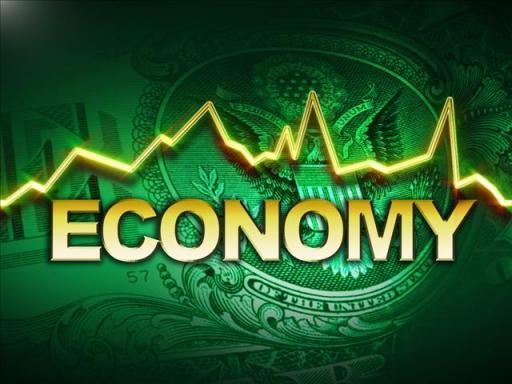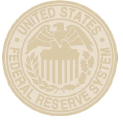Market Data

December 4, 2020
Federal Reserve Report Indicates a Nervous Economy
Written by Sandy Williams
Economic expansion in November was characterized as “modest or moderate” by the Federal Reserve in its latest Beige Book. Activity slowed in Philadelphia and three Midwest districts as COVID-infection rates surged at the beginning of the month.

Deterioration of loan portfolios was noted, especially for commercial lending to the retail, leisure and hospitality sectors. The Federal Reserve expects an increase in loan delinquencies in 2021.
Employment rose in almost all districts, but at a slow pace and with firms struggling to find and retain workers. Labor supply was further impacted by school and plant closings due to the pandemic. Childcare needs and virtual schooling disproportionately affected women in the workforce, prompting firms to further extend flexible work schedules. Wages grew modestly in November with pressure to raise wages for low-skilled workers.
Input prices rose modestly along with selling prices of finished goods. Supply chain disruptions led to increased transportation costs that were passed on to buyers.
Optimism waned in November as firms worried about the latest wave of COVID-19 infections and a possible return to mandated closures. Firms were also concerned about looming expiration dates for unemployment benefits and eviction and foreclosure protections.
The Beige Book report was indicative of an economy still facing major challenges this winter, a point underscored by Federal Reserve Chairman Jerome Powell in remarks to Congress on Wednesday.
“As we have emphasized throughout the pandemic, the outlook for the economy is extraordinarily uncertain and will depend, in large part, on the success of efforts to keep the virus in check,” he said. “The rise in new COVID-19 cases, both here and abroad, is concerning and could prove challenging for the next few months. A full economic recovery is unlikely until people are confident that it is safe to reengage in a broad range of activities.”
Although the Organization for Economic Cooperation and Development downgraded its 2020 forecast for U.S. economic growth to 3.2 percent from 4.0 percent, Powell said there is hope for next year.
“Sometime in the middle of next year it really does look like that may be the light at the end of the tunnel—we all hope so—and that the economy could be very healthy,” said Powell. “The problem is people who lose their homes now, or businesses that go out of business. These are sometimes small businesses that have generations of human capital built up in their activities, and once they’re gone they can’t just be recreated.”







